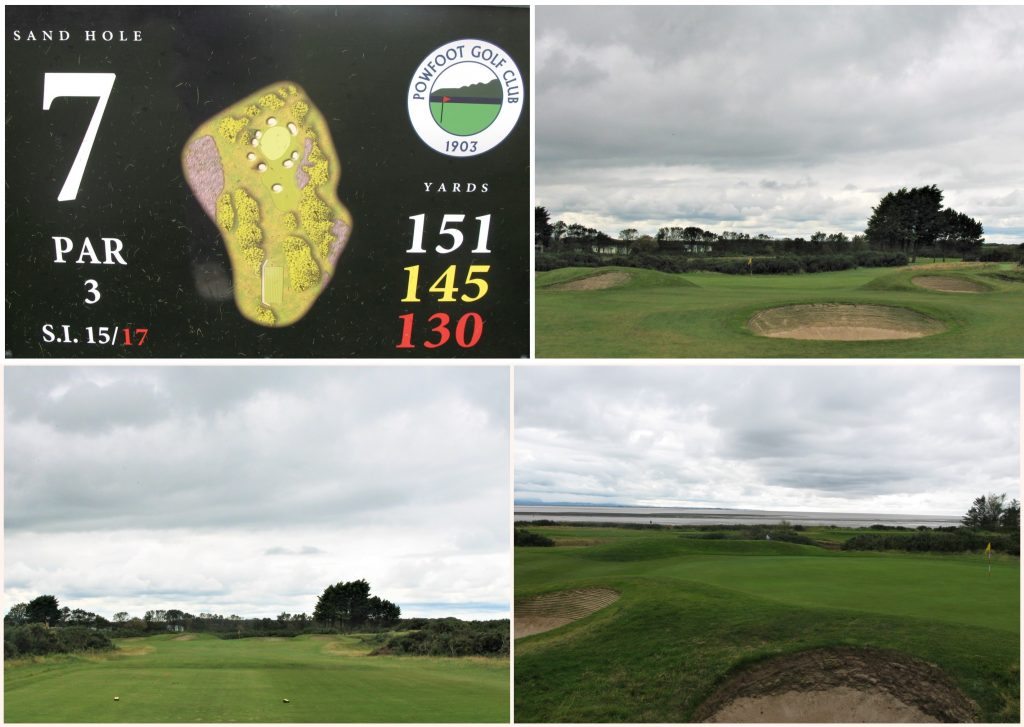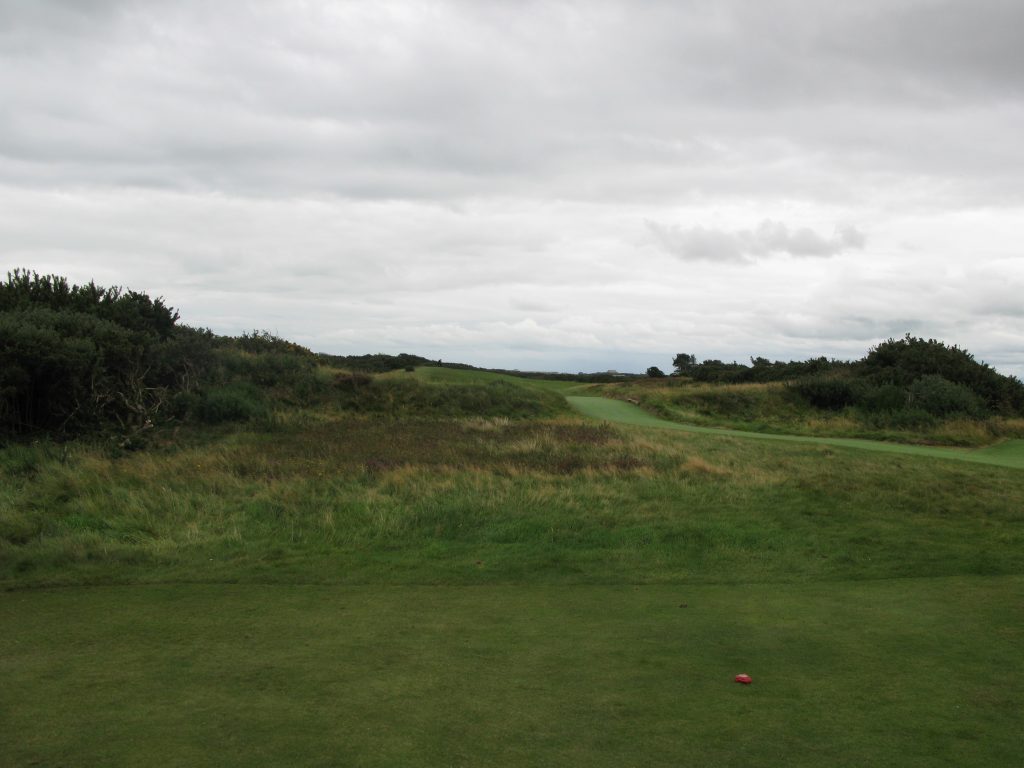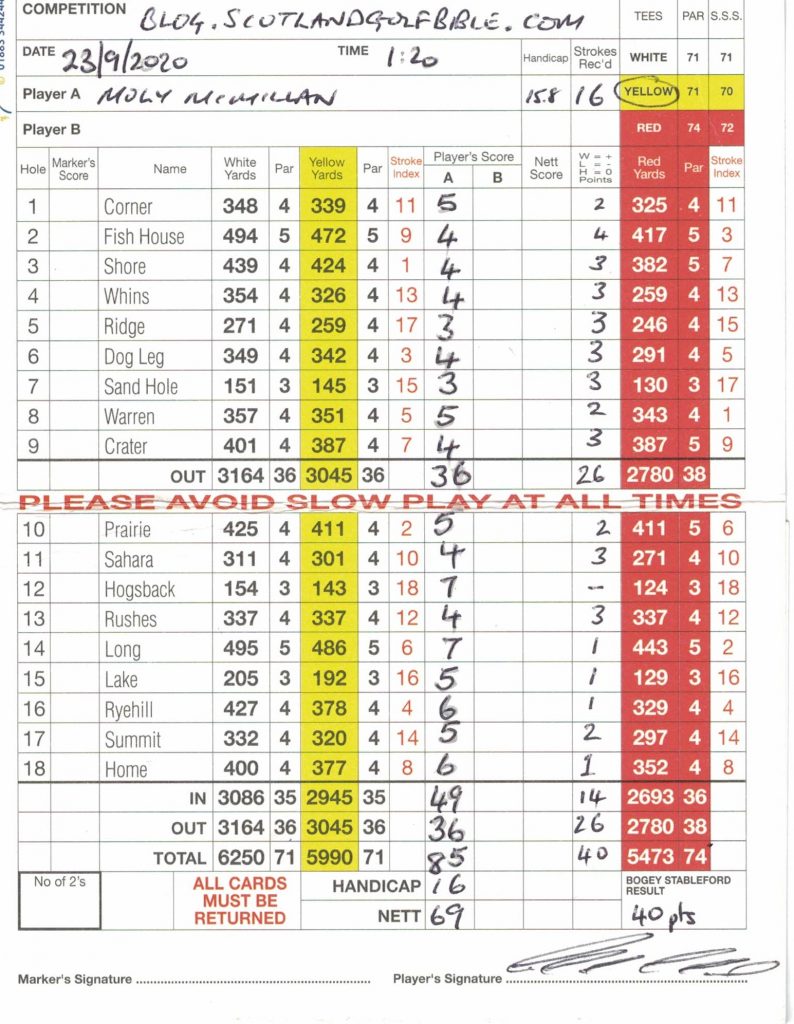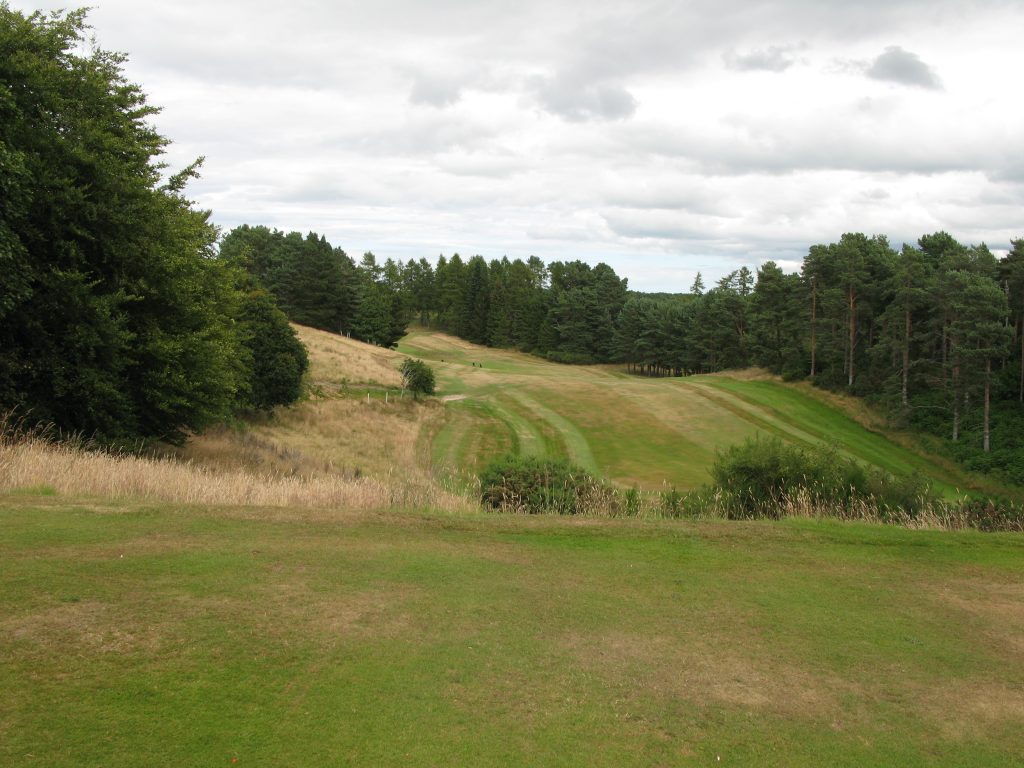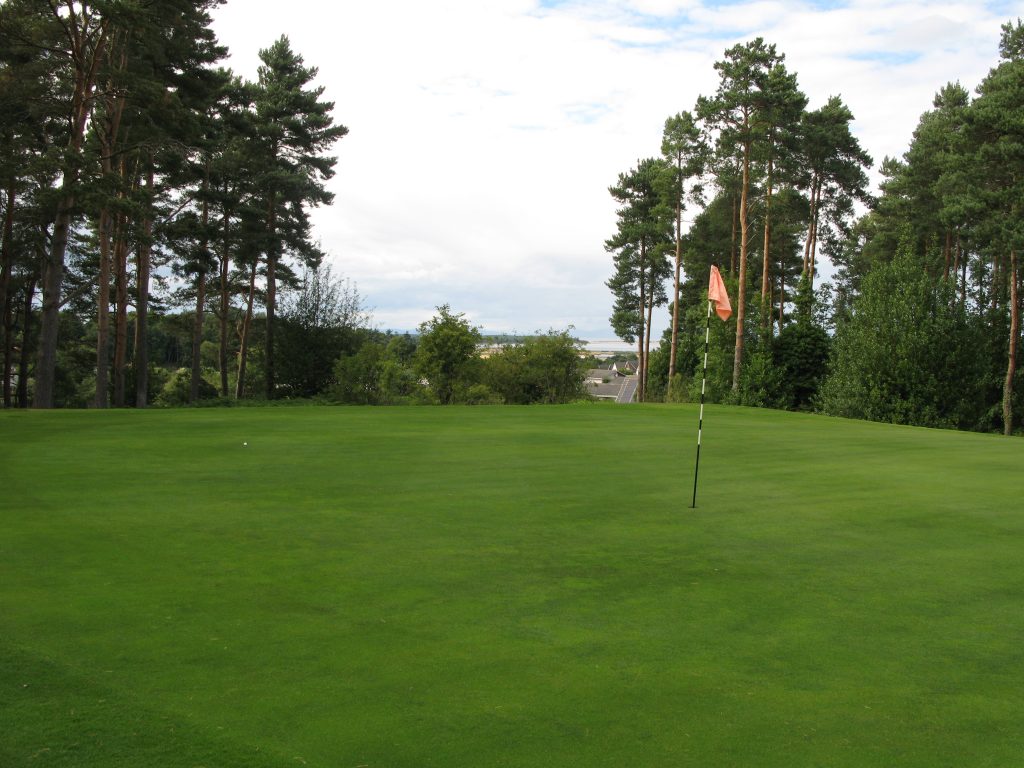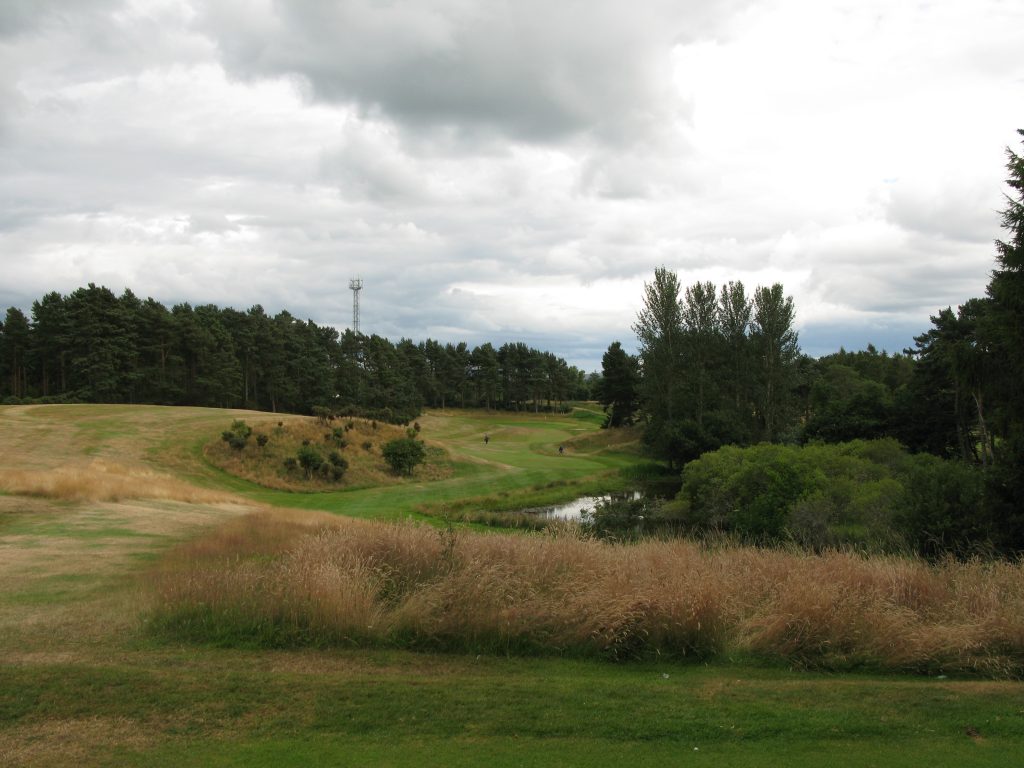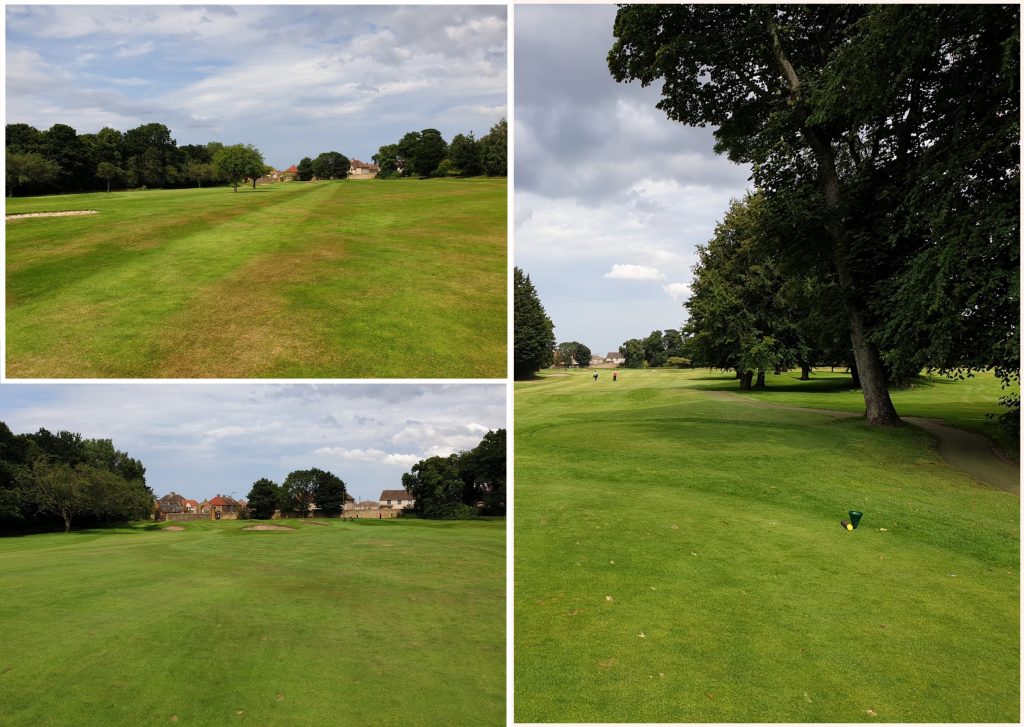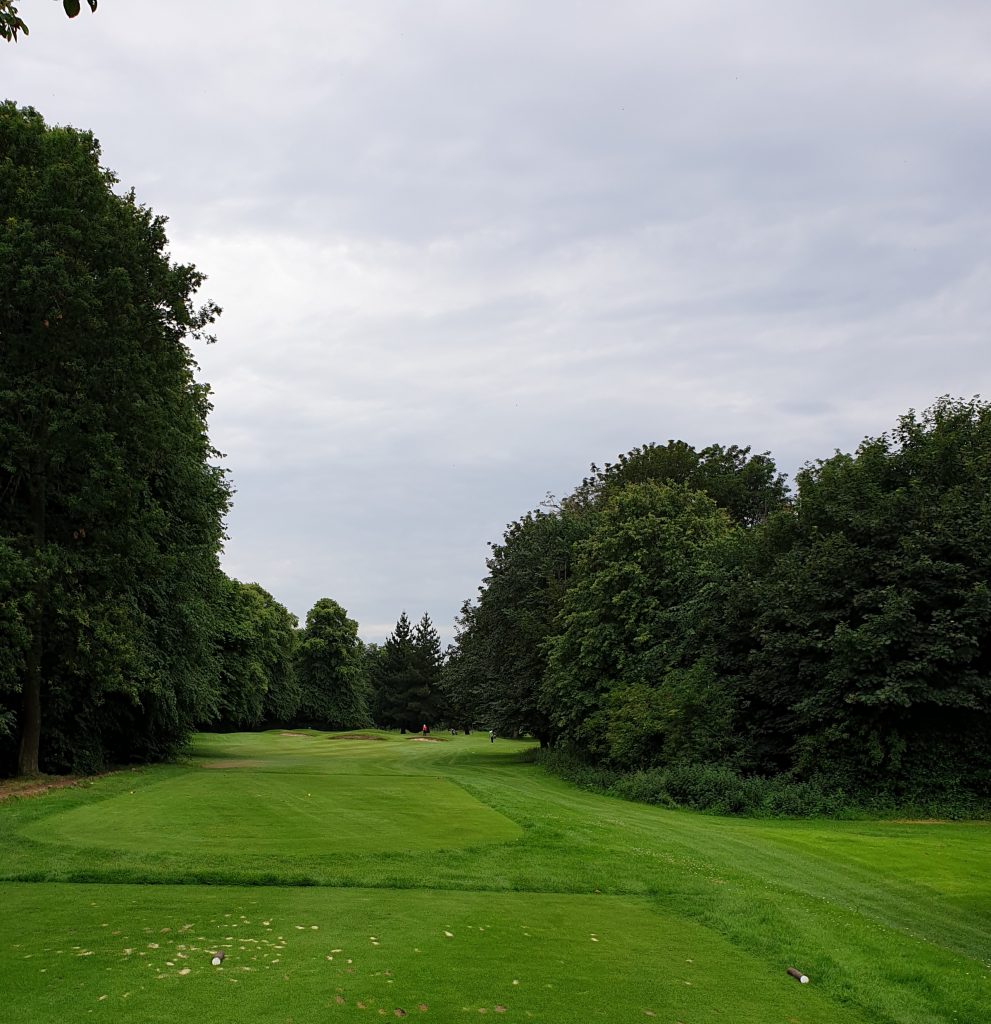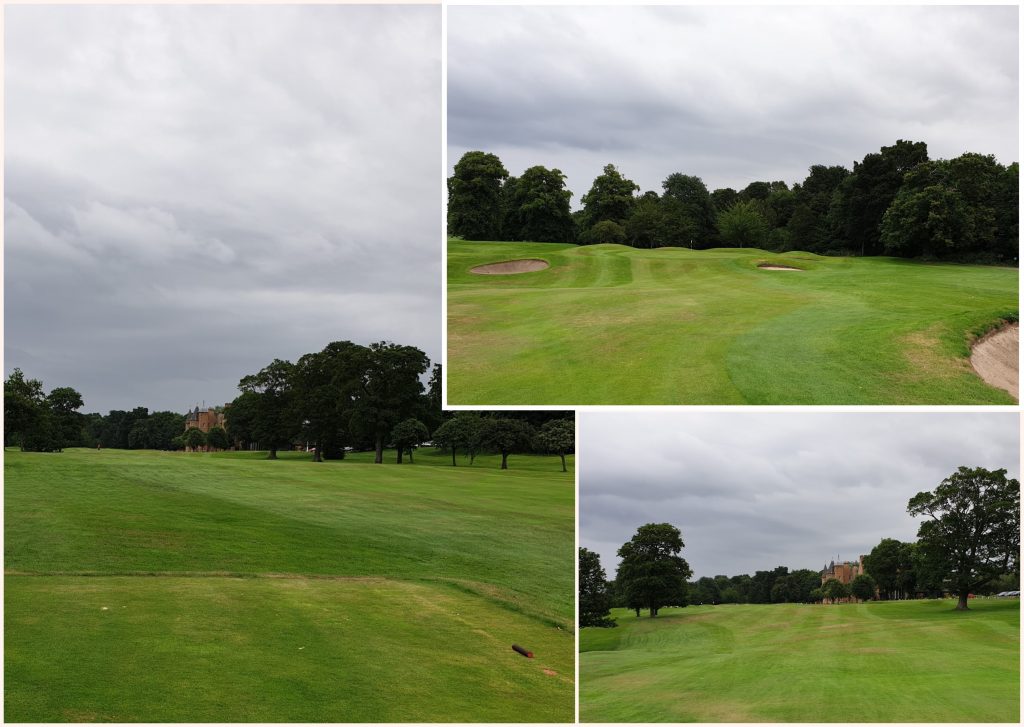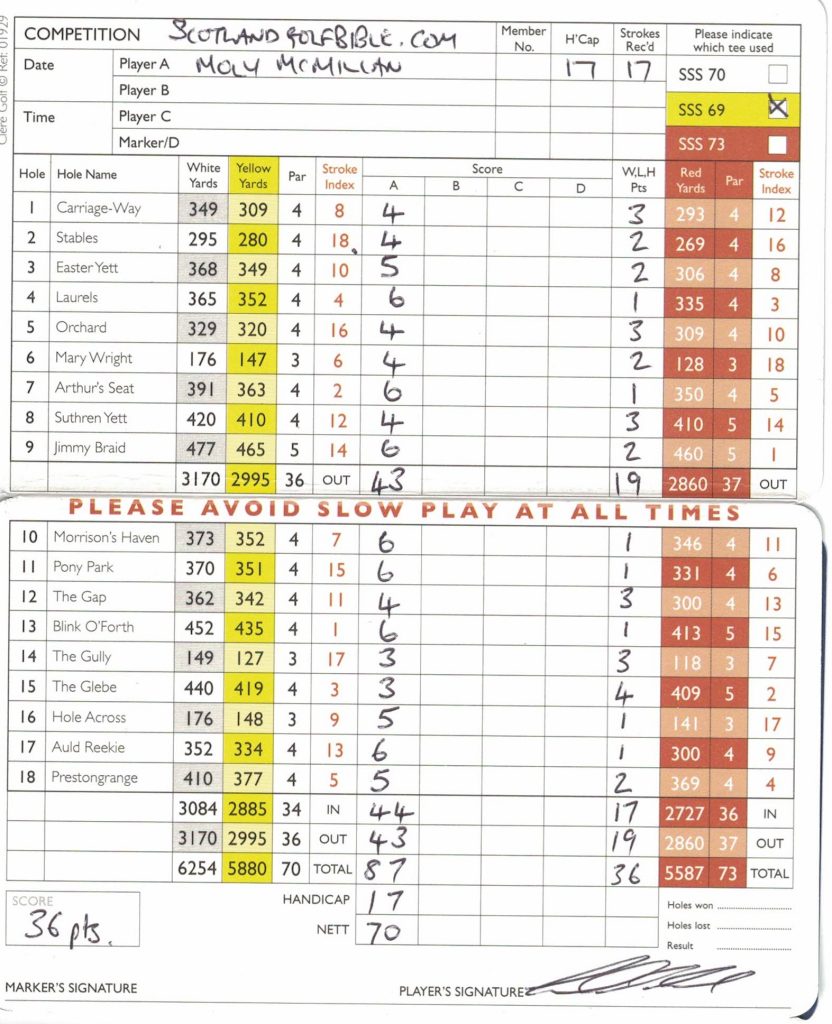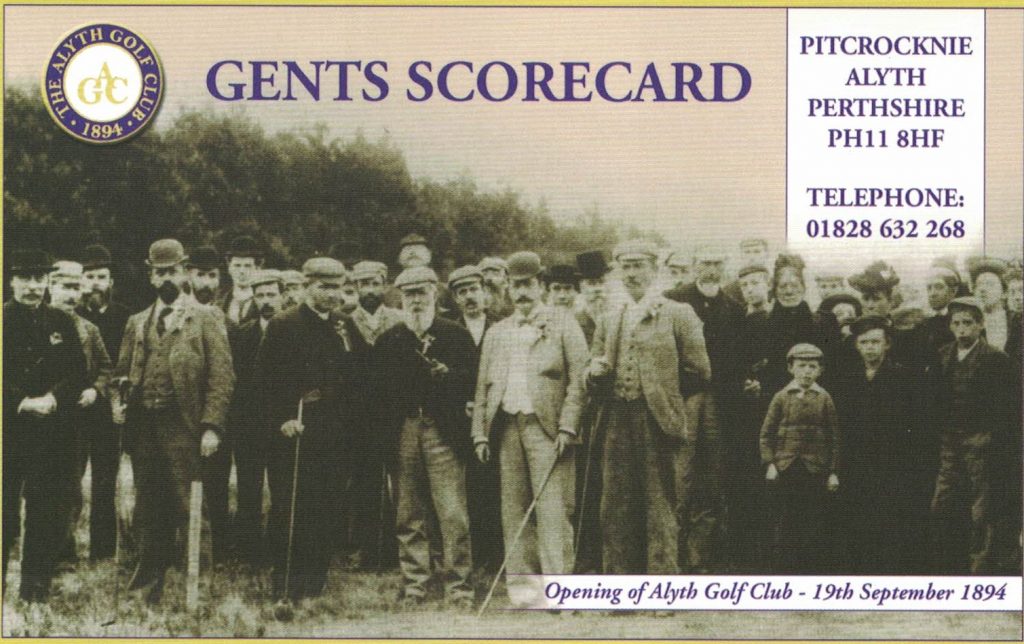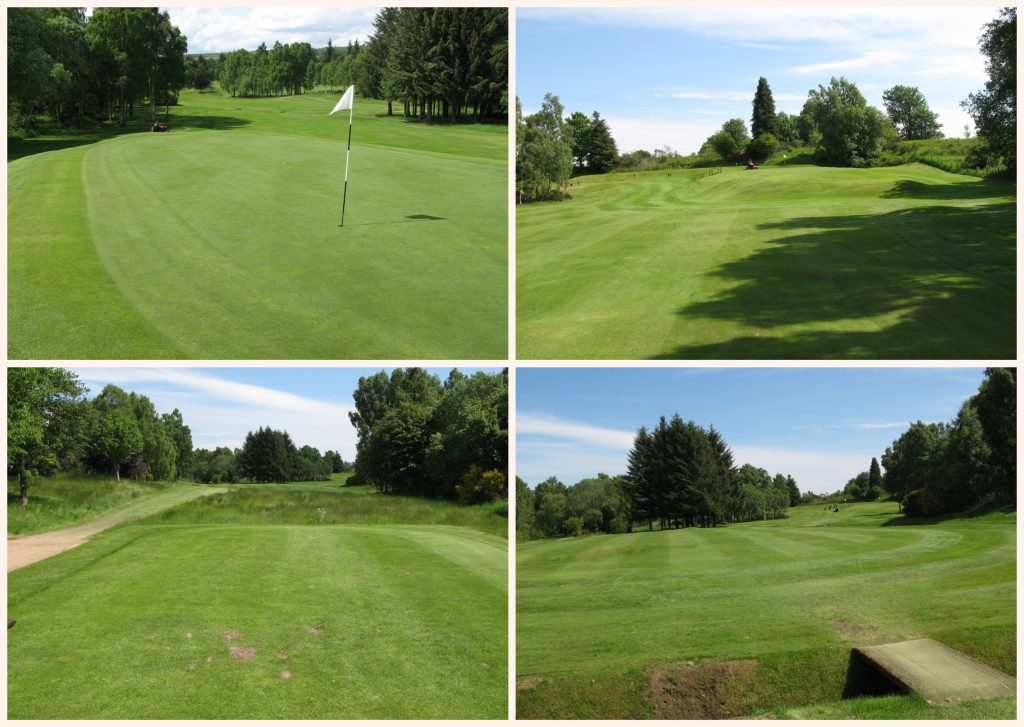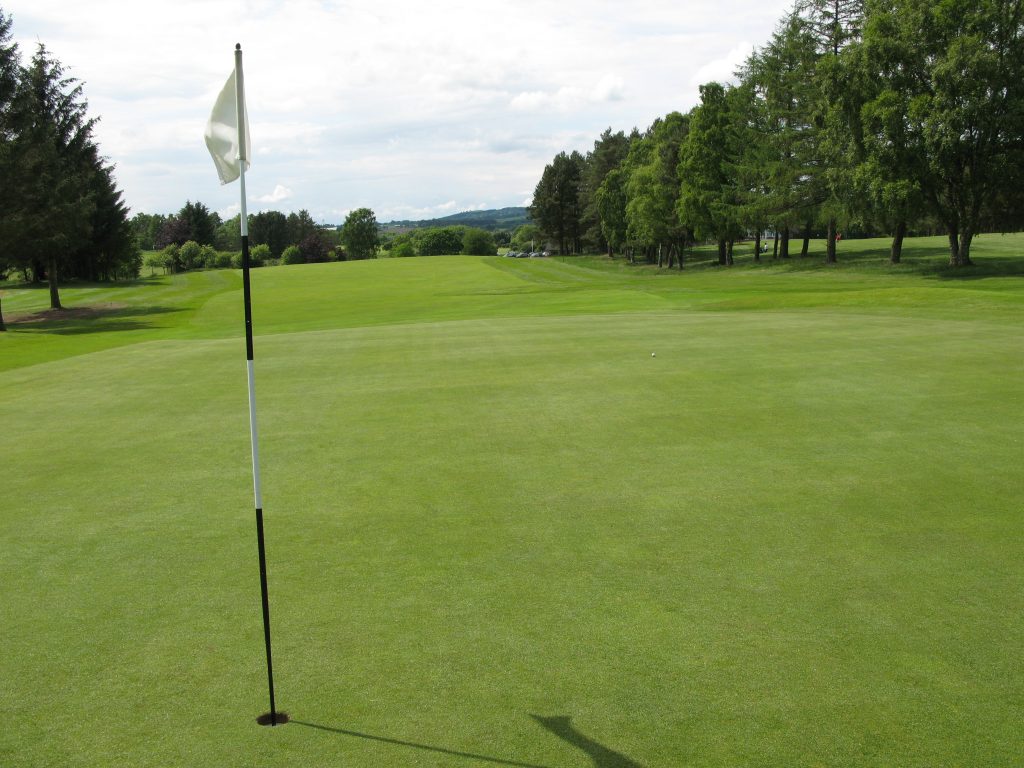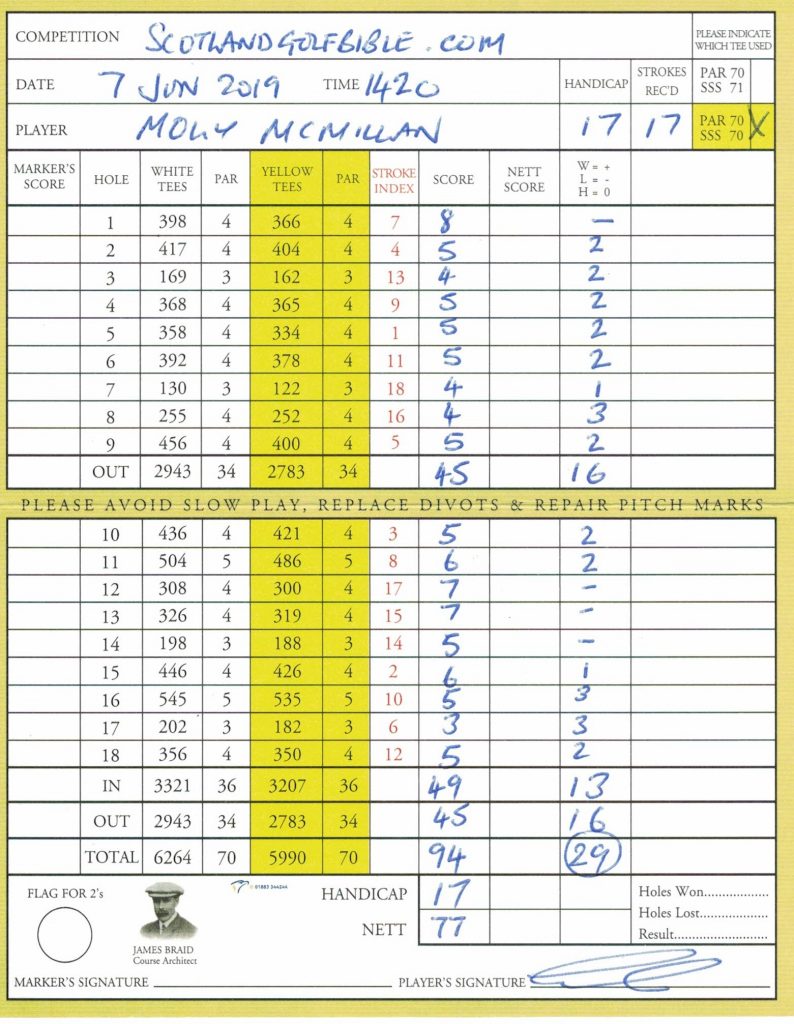Great value James Braid course well worth playing
Round £50. Par 71. Course Rating / Slope Rating (yellow) 69.5/126. Value (out of 5) – 4.5
If I were to list 5 courses, of varying price points and quality, to encapsulate Scottish golf, Powfoot might fit the bill for ‘great course taken for granted’. It would never make the cut of the top 50 Scottish Courses, perhaps even the top 100 courses; however, in many ways, playing Powfoot at under £50, using the typical offers abounding, makes you realise what great value golf exists in Scotland.
Powfoot, which takes the name from the village, sits on the north of the Solway Firth, in Dumfries & Galloway, not far from Annan. Overshadowed by the nearby Southerness course, I suspect a great many golfers bypass Powfoot – that would be a mistake in my opinion.
Founded in 1903 with 9 holes, it was extended to 18 holes in 1911, then improved on by James Braid in 1923. At over 6200 yards from the white tees, it is a good challenge, especially I suspect when the wind gets up.
It plays and feels like a traditional links course; firm turf, good bunkering, aesthetically framed holes and greens, surrounded by thick gorse bushes. However, the last few holes are really parkland holes, with more trees bordering and sheltering the holes and on arable land.
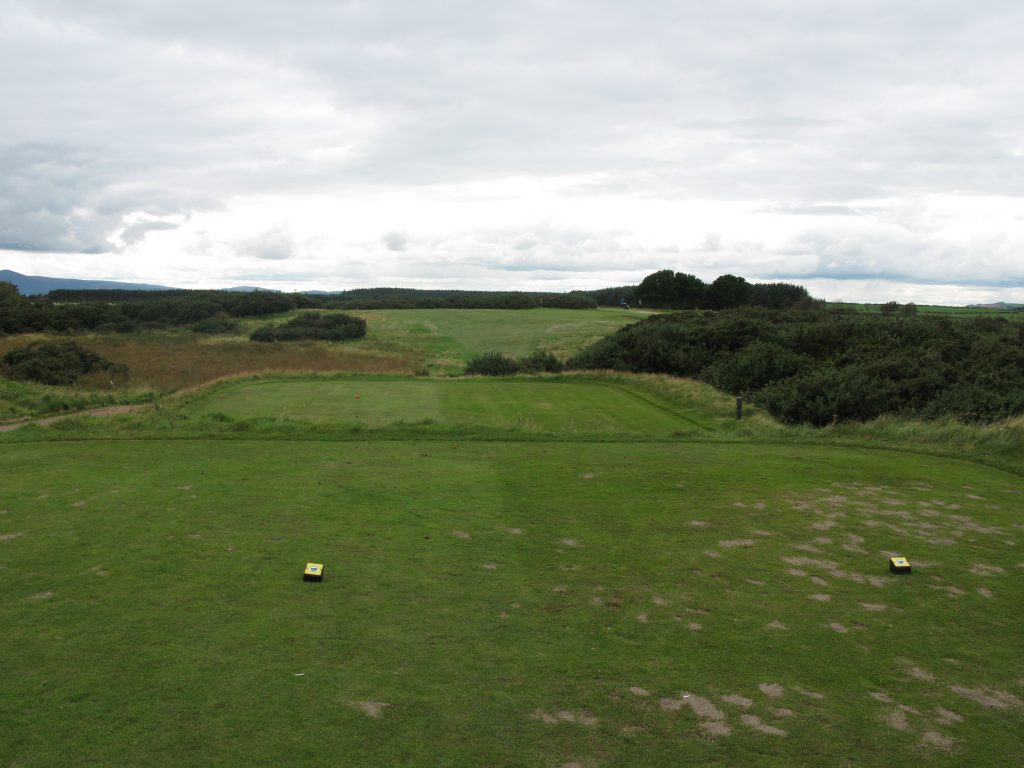
Dominated by a range of good par 4s (13 of them), there are only 2 par 5s and 3 par 3s. There are quite a few memorable holes. The stroke index par 4 third hole is the first great hole; called ‘shore’ it plays south towards the firth and would be very difficult to reach in 2 shots when the prevailing south westerly wind blows. The seventh is a short par 3 that has nine greenside bunkers – aim for dead centre of the green here. The 8th, a tough par 4, has a blind tee shot and a sloping green that could be approached using the full array of links shots. Likewise the short par four 11th hole demands respect where shots need to be played cautiously to avoid being wrong sided on the right of the fairway and green.
Despite being in the pandemic the green keepers had presented the course in excellent condition when I played. The bunkers were particularly good and well maintained.
The golfing gods decided to give me a reminder on the cruelty of the game. Playing incredibly well, I was level par for the front 9 and only 1 over after 11 holes. I then played the last 7 holes in 13 over par! Ouch! Nevertheless, it was only the second time in my life I had been level par after 9 holes on a ‘proper’ golf course!
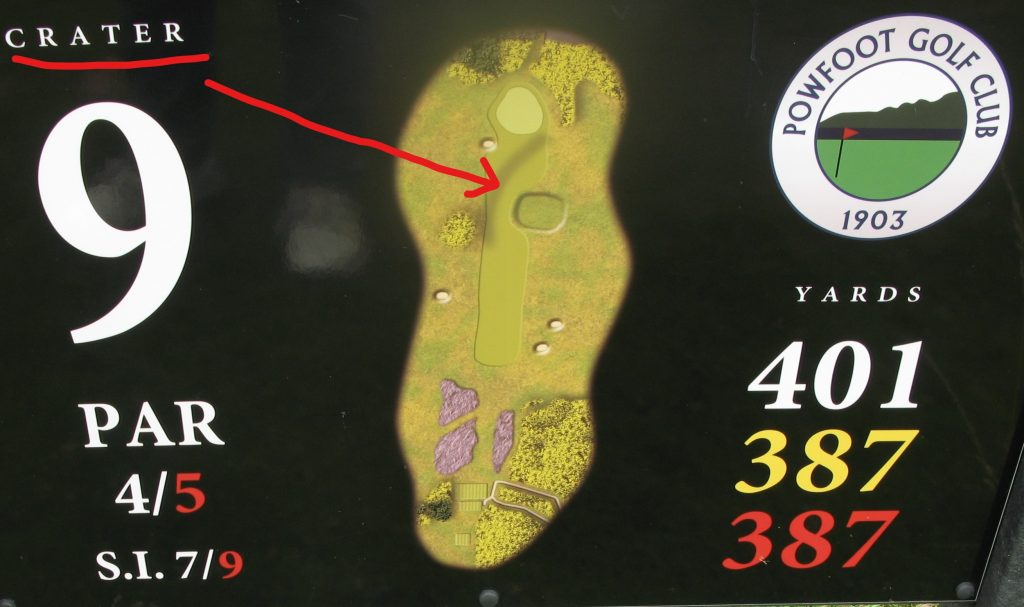
Go out of your way to play Powfoot, highly recommended
Facts:
Course Type: Links
Par 71 (2 par 5, 13 par 4s, 3 par 3s)
Distance: 5990
Moly’s Gross score: 85
